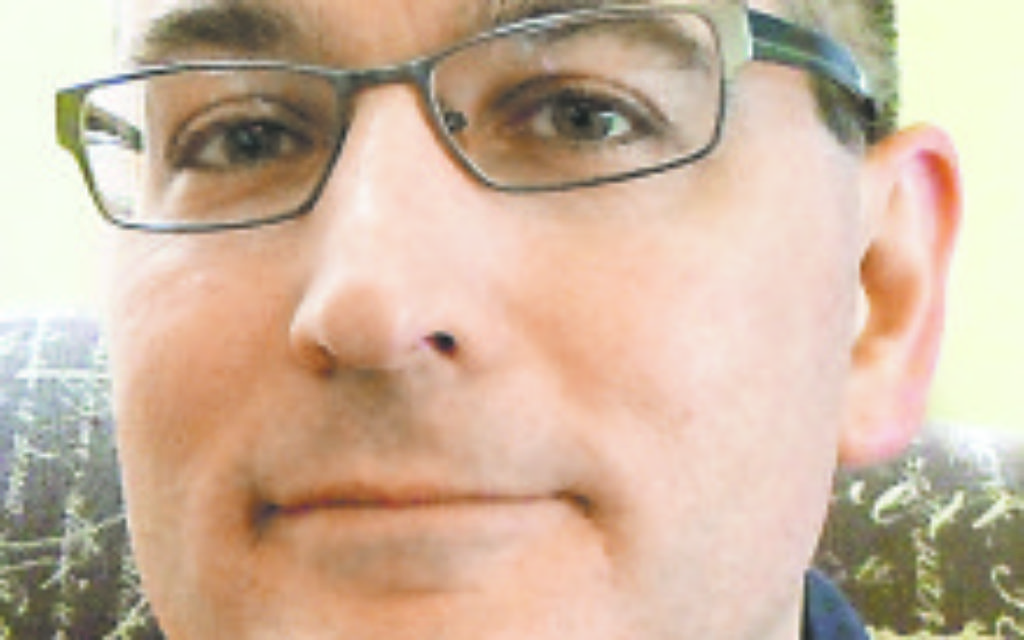Hodayot, Atlanta Making Progress Together
Editor’s Notebook
The AJT told you this summer about ORT Atlanta’s support of the work of World ORT Kadima Mada’s Hodayot Youth Village in the Galilee, which serves 200 Israeli seventh- to 10th-graders from troubled homes. Now we can update you on the Atlanta-funded renovations.
Avital Gorin, the chief development officer of World ORT’s affiliate in Israel, was in town for a couple of days with CEO Avi Ganon. Gorin carved out a few minutes to talk about the improvements at Hodayot. (It helps that ORT Atlanta Regional Director Jay Tenenbaum’s office is about five steps from mine.)
Get The AJT Newsletter by email and never miss our top stories Free Sign Up
Gorin showed a video of the first completed project, a bland, decrepit student cafeteria converted into a vibrantly colored social hall — an important place for the boarding school.
Much more will be done by May, when World ORT will hold its conference in Israel and will bring participants to Hodayot for a visit.
Improvements to the dining hall, for example, are being paid for by the Phyllis and Joe Cohen Foundation. At the insistence of Phyllis, Gorin said, the hall will include a new stage so that ceremonies can be conducted there.
The family of Johnny and Leslie Benator is behind a science lab being installed as part of Hodayot’s effort to bridge the gaps between its students — largely Ethiopian and Russian immigrants — and the rest of Israeli society. Gorin said education in science and technology is the key.
Four renovated classrooms are going to be amazing, Gorin said. Instead of rows, students will sit in clusters of desks to facilitate group collaboration and to enhance the flexibility of the space.
Just as important, the Hodayot overhaul and the Atlanta fundraising supporting it are enhancing the connections between two Jewish communities. Gorin said the relationship, in which one American Jewish community is devoted to supporting one ORT school, is unique.
“It’s beautiful to see,” she said.
A meeting at the home of Hilly and Gerry Panovka excited Gorin not just because of the enthusiasm of longtime ORT supporters such as the Panovkas, but also because of the involvement of the next generation — those who are one more step removed from immigrant ancestors who may have benefited from ORT education or training somewhere in their journey to America.
That next generation asks tough, specific questions about programs and the return on investment of donations to ORT, which is eager to explain how a nongovernmental organization that got its start by helping peasant Jews escape poverty in 19th-century Russia is playing a crucial role with Russian Jews and others caught in poverty in 21st-century Israel.
Gorin said she only recently learned of her own family connection to ORT after two years of working for World ORT Kadima Mada. Her parents, both Holocaust survivors, got ORT training in displaced persons camps after World War II so that they were ready to work and contribute to Israel’s success as soon as they made aliyah in 1951.
While the improvements continue at Hodayot, ORT is looking for ways to strengthen the bonds for yet another generation. One idea, Gorin said, is a pen-pal program in Hebrew between students at Atlanta’s day schools and those at the youth village. Both the Americans and the Israelis would gain confidence and ability in a language that belongs to them even if it isn’t their native tongue.
Regardless of whether you are ready to become an ORT donor, you can help Hodayot simply by buying things at the online ORTBuy auction (www.biddingforgood.com/ORTBuy), which is live until Nov. 15. You can get some Chanukah shopping done and do a mitzvah for Israeli children at the same time.






comments